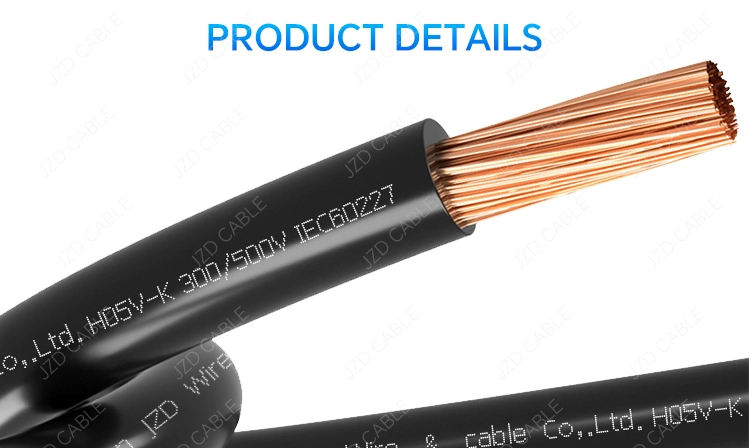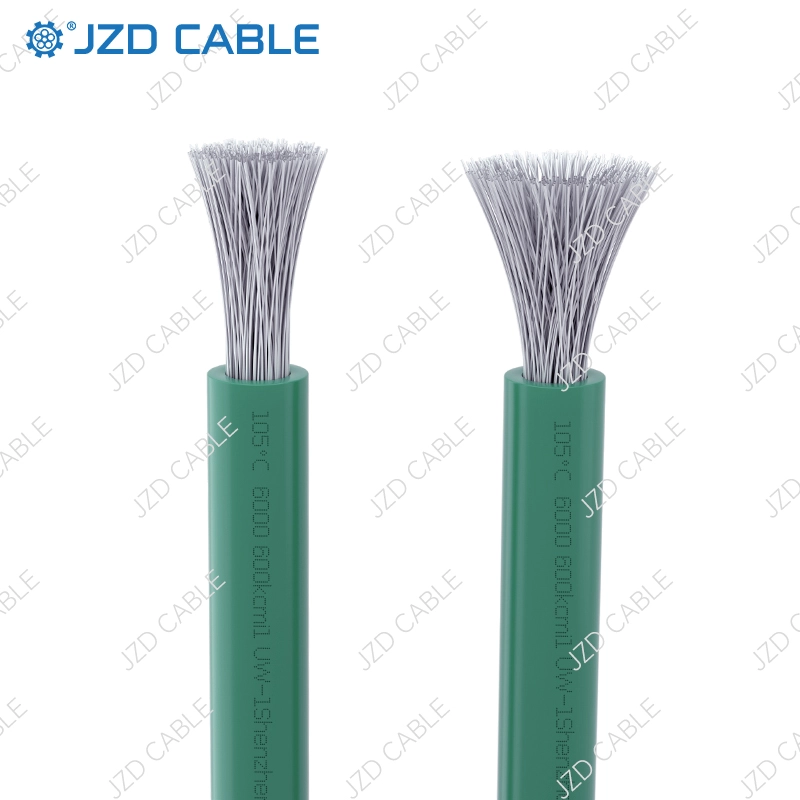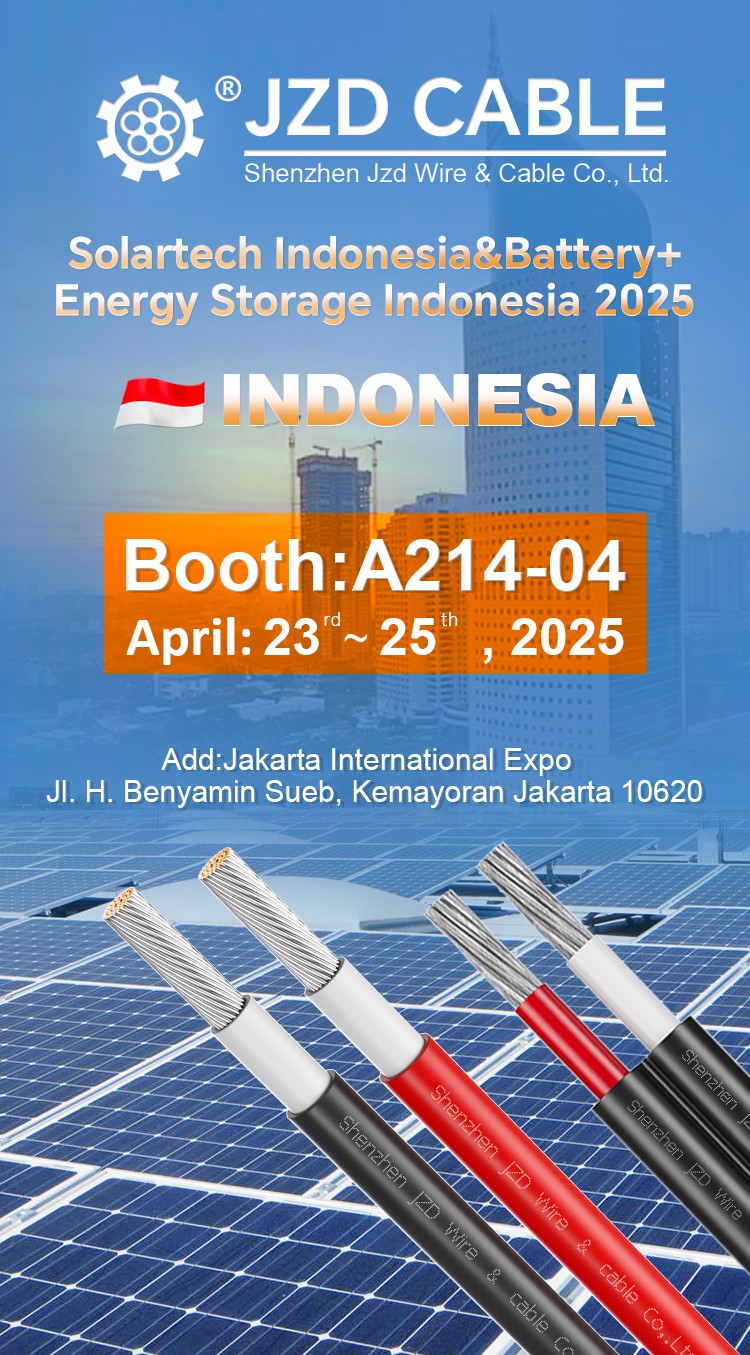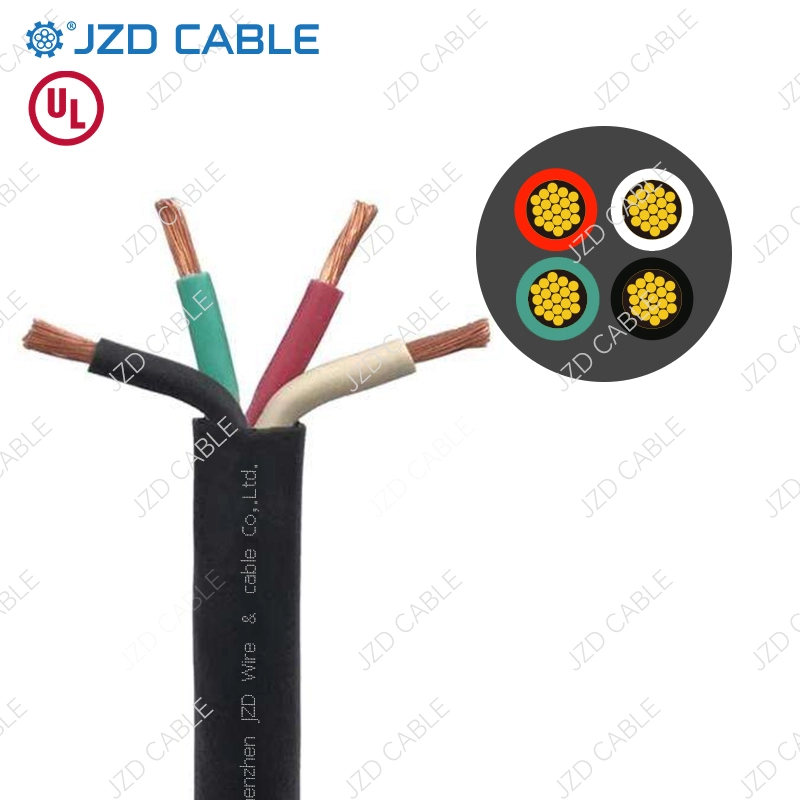If you’ve ever visited Germany, you might have noticed something interesting: most households use VDE-certified cables with copper conductors instead of aluminum. This isn’t a coincidence—it’s a deliberate choice rooted in performance, safety, and long-term value. In this blog, we’ll explore why copper conductors are the preferred choice for VDE cables and break down the key differences between copper and aluminum.
The Popularity of Copper in VDE Cables
VDE cables are widely used in Germany and across Europe for electrical installations. While aluminum might seem like a cost-effective alternative, copper remains the top choice for several compelling reasons.
One of the standout features of copper is its exceptional electrical conductivity. Among metals, copper offers one of the highest conductivity rates, allowing it to transmit electrical loads more efficiently than aluminum. This means copper cables can be made thinner while still delivering the same performance as thicker aluminum wires. Thinner cables are easier to handle, transport, and install, reducing overall project complexity and cost in the long run.
Copper is also highly ductile, meaning it can be drawn into very fine wires without losing its structural integrity. This flexibility makes it ideal for intricate wiring systems in homes and industries. Moreover, copper has high tensile strength, enabling it to withstand mechanical stress, vibrations, and wear over time. These properties contribute to the durability and longevity of copper-based VDE cables, making them a reliable option for decades.

The Drawbacks of Aluminum Conductors
Aluminum conductors do have some advantages—they are lighter and more affordable than copper. For long-distance power transmission, aluminum’s lightweight nature can simplify installation and reduce the need for additional structural support. It also exhibits less electrical corona discharge, which is beneficial in high-voltage applications.
However, aluminum comes with significant drawbacks, especially in residential settings. One major issue is its tendency to expand when heated and contract when cooled. Over time, this thermal cycling can lead to “cold creep,” causing connections to loosen and increasing the risk of sparks, short circuits, or even fires.
Aluminum is also more prone to oxidation and corrosion when it comes into contact with certain metals. This oxidation increases electrical resistance, leading to energy loss and potential overheating. As a result, aluminum cables require more frequent maintenance and inspections, adding to the long-term cost and effort of ownership.
Why Copper Wins for VDE Applications
When comparing the two materials, copper emerges as the clear winner for VDE cables—and for good reason.
First, copper’s stability under temperature fluctuations makes it a safer option. It doesn’t expand and contract as dramatically as aluminum, which helps maintain secure connections and reduces fire hazards.
Second, copper’s low maintenance requirements and high durability make it a cost-effective choice over time. While the initial investment may be higher, copper cables last longer and perform more reliably, ultimately adding value to residential and commercial properties.
This is why Germans—known for their engineering precision and emphasis on quality—overwhelmingly choose copper conductors for their VDE cables. The combination of safety, efficiency, and longevity aligns with their standards for reliable electrical systems.

Conclusion
While aluminum conductors have their place in specific applications, copper remains the gold standard for VDE cables. Its superior conductivity, mechanical strength, and long-term reliability make it the ideal choice for safe and efficient electrical installations.
So, if you’re planning an electrical project, consider investing in copper-based VDE cables—they might cost more upfront, but they’ll pay off in safety and performance for years to come.
For more insights on cables and electrical solutions, feel free to explore JZD blog or reach out to us with questions!








